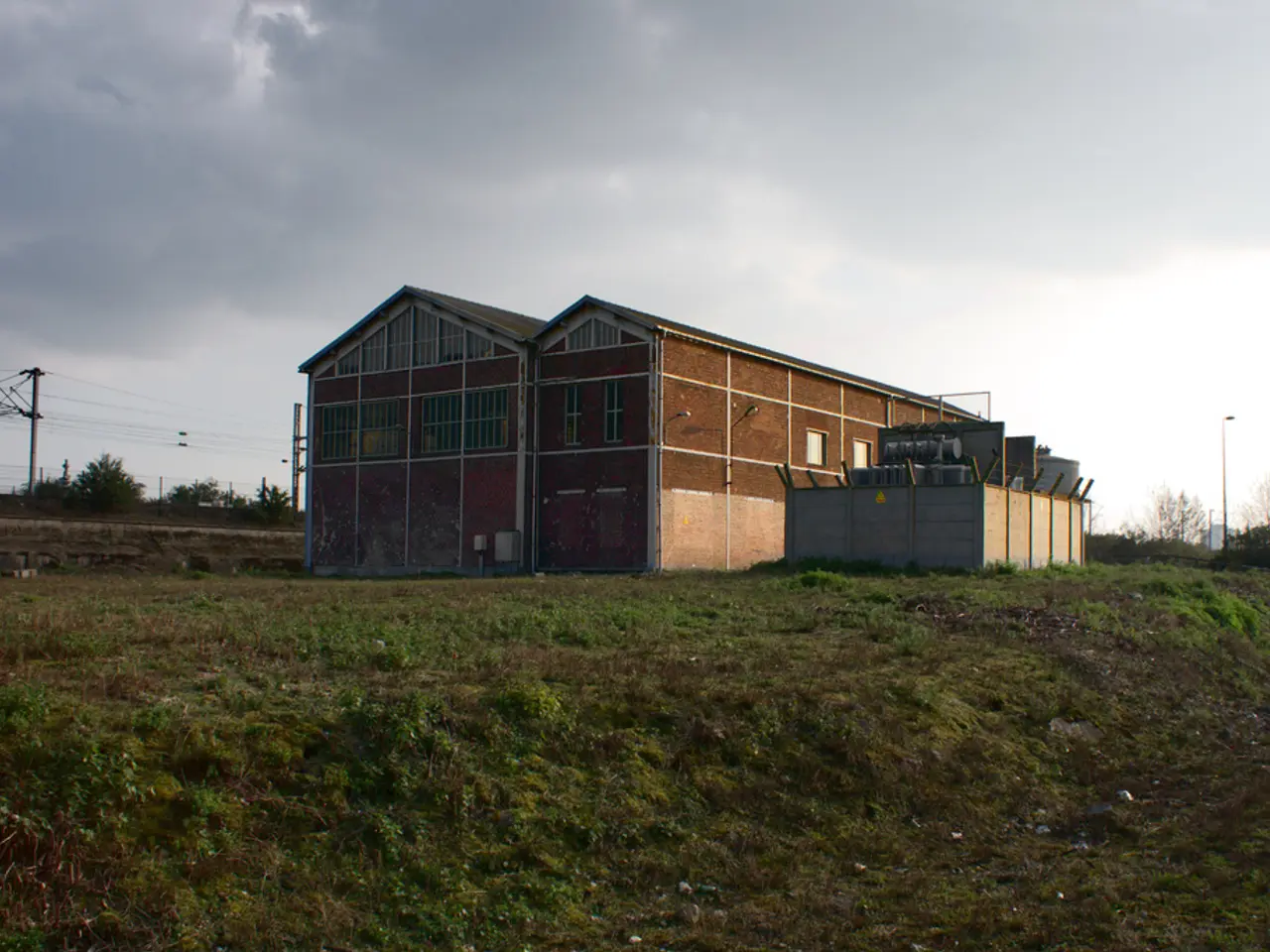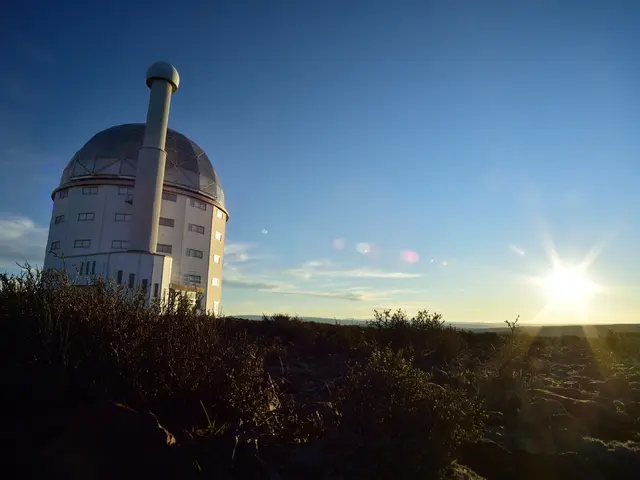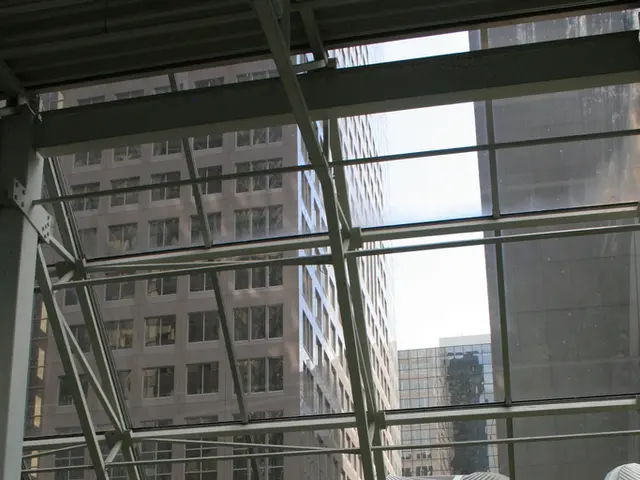Maintaining Power for America: Practical Solutions for the Future
In the rapidly evolving energy landscape, the United States faces a critical challenge: ensuring a reliable and affordable energy supply to power its progress. The previous administration's approach, which relied on the assumption that demand would create capacity and that renewable capacity was equivalent to 24/7 generating capacity, has proven insufficient. Demand, in fact, is outpacing capacity, and we are falling behind.
To address this issue, streamlining permitting and regulatory processes for pipelines and power lines is crucial. This streamlining will enable the delivery of energy where it's needed most, bridging the gap between supply and demand. An approach that focuses on a mix of multiple energy sources can remove politics from the equation, ensuring that energy remains available, reliable, and affordable.
The retirements of fossil fuel-based power plants are expected to rapidly outpace new deployments in the next decade, potentially leading to electricity bills and brownouts. Without intervention, American families and businesses may find it increasingly challenging to access dependable and affordable electricity.
The U.S. Department of Energy (DOE) has warned of potential future energy shortages, suggesting that protecting existing baseload power may not be enough. More funds are needed to prioritize grid upgrades and reliable baseload power over renewable-heavy projects. The DOE's National Transmission Planning Study calls for tripling transmission capacity by 2050 to prevent bottlenecks.
The organization tasked with this monumental task is none other than the DOE itself. The Department of Energy and the Federal Energy Regulatory Commission should collaborate to develop a cohesive, long-term strategy to guarantee uninterrupted energy transmission across state boundaries.
As electricity demand rises, utilities expect rate increases between 15% and 40%. ICF International predicts record-high national power consumption in 2025 and 2026, with demand rising 25% by 2030 and 78% by 2050. America's energy infrastructure is currently under strain due to increased electricity demand from AI, data centers, a revitalized manufacturing sector, and electric vehicles.
A diverse energy portfolio is essential, including fossil fuels, low-carbon alternatives such as hydroelectric, geothermal, and nuclear energy sources, along with wind and solar energy. The Desert Southwest pipeline, which delivers natural gas from West Texas to Arizona, demonstrates how targeted infrastructure can stabilize energy supplies in high-demand regions.
The Infrastructure Investment and Jobs Act and Inflation Reduction Act provide initial support for energy infrastructure. However, it is crucial that we refrain from prematurely phasing out reliable and inexpensive fossil fuels until adequate new capacity is fully operational.
Brigham McCown, the senior fellow and director of the Initiative on American Energy Security at Hudson Institute, and a professor of practice at Miami University, echoes this sentiment. America's energy future requires a pragmatic, all-of-the-above strategy that prioritizes infrastructure investment, preserves dependable power sources, and fosters innovation. By acting with foresight and resolve, America can harness the opportunities of new technologies while securing the energy foundation that powers our nation's progress.








